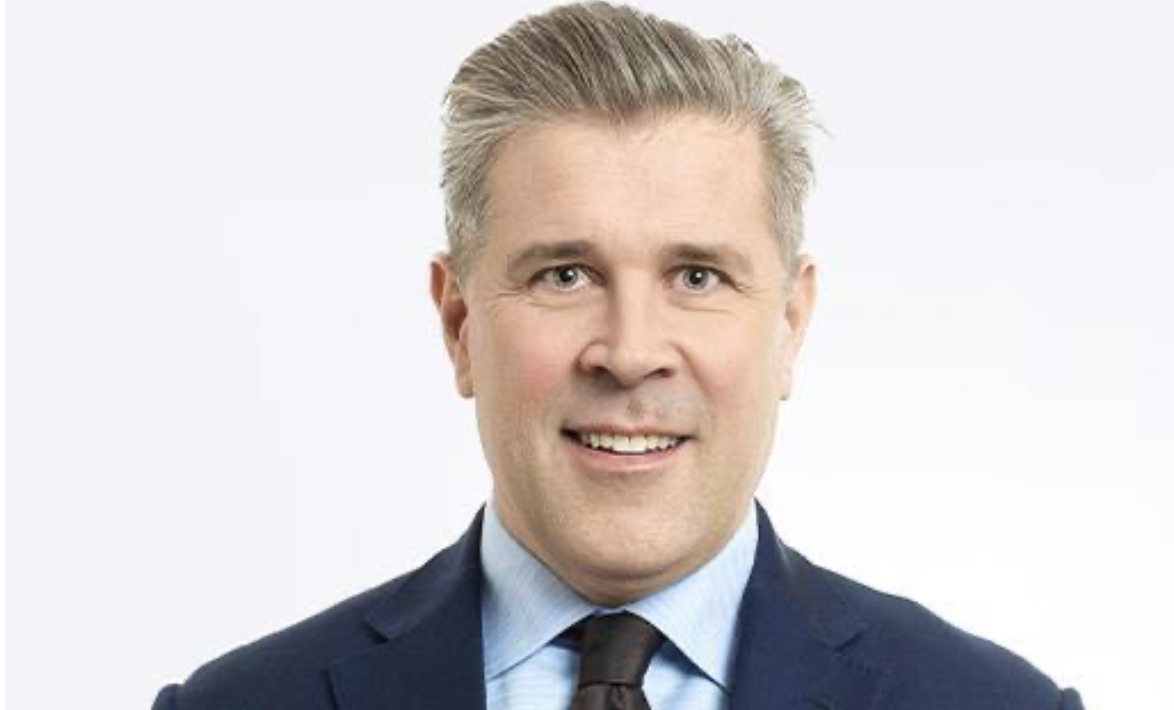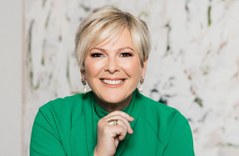Iceland’s Katrín Jakobsdóttir runs for president, triggering major changes
Prime Minster Katrín Jakobsdóttir‘s decision to step down in order to run for president of Iceland could create trouble for the government coalition she has been instrumental in keeping together.
The government of Iceland went through a dramatic change earlier in April when Prime Minister Katrín Jakobsdóttir announced that she would be running for president. Although this was not entirely unexpected, it created some uncertainty among the government parties.
They managed eventually to work through it and the Independence Party leader Bjarni Benediktsson took over as Prime Minister. There are, however, doubts that the government coalition will last until the end of this parliamentary term next year. Many issues have made the cooperation between the coalition parties difficult.
Katrín Jakobsdóttir, leader of the Left-Green Movement, took over as Prime Minister in 2017 and has led a coalition comprising her own party, the Independence Party and the Progressive Party.
This government has had to deal with two very challenging tasks – reactions to the pandemic and the evacuation of Grindavík. There have been major differences between the parties on many issues, perhaps not so surprising in a right-left coalition. But the last few months have in many ways been particularly challenging.
Was not going to run for parliament again
When the current President Guðni Th. Jóhannesson announced in his New Year speech that he would not run again, Jakobsdóttir became a hotly-tipped candidate. When asked directly if she would run she always said that she had not given it any thought and there were still challenging tasks ahead in government.
But at the end of March, rumours grew stronger that she would run and on 5 April she announced her decision in a video message. She said that she had decided some time ago that she would not run for parliament in the next elections. Many had encouraged her to run. In media interviews that day she said that she did not think that this decision would affect the government.
This is the first time that a prime minister runs for president in Iceland and this decision is highly unusual in Icelandic politics. Politicians have run for president before, but never a government minister.
The new Prime Minister, leader of the Independence Party Bjarni Benediktsson, briefly served as Minister for Foreign Affairs after he resigned as Minister of Finance in October.

The Independence Party's Bjarni Benediktsson is Iceland's new Prime Minsiter. But for how long? Photo: Government of Iceland
His resignation came after the parliament ombudsman reported that the selling of shares in one of the state banks had not been performed according to standards. Benediktsson’s father was one of those who bought shares, without his son’s knowledge.
Most turmoil among the Left-Greens
Eiríkur Bergmann Einarsson, professor in political science at Bifröst University, says that from the start, this government was based on the Left-Greens leading it.
“It was the only way for the party to be in this government when it started. Now that this has changed, the government is less stable because there might now be turmoil on the Left-Green back benches. There is much more turmoil there than in the other parties.”
Einarsson says that on top of this, there is fatigue in the cooperation between the coalition parties which has frequently been public.
“Of course, you always get a bit of a quiet start as a new prime minister but I would think this combination is more unstable than the previous one.”
There have been a number of disputes between the government parties, but we will mention two of them. Last year, Svandís Svavarsdóttir, the Left-Green Minister of Fisheries, decided to ban whaling the day before it was supposed to begin in order to inspect further possible violations of animal welfare rules.
The other government parties protested with force. The parliamentary ombudsman considered the decision to be illegal and a vote of no confidence was imminent. But after Katrín Jakobsdóttir ran for president, Svavarsdóttir left the ministry to take over as Minister of Infrastructure,
Another dispute has been over immigration. New legislation introduced by Guðrún Hafsteinsdóttir, Minister of Justice from the Independence Party, has sparked controversy among the Left-Greens who are not certain they will support it.
Bad polls for the Left-Greens
The Left-Greens have also performed very badly in recent polls, dropping below 5 per cent in some of them, which is less than the parliamentary threshold.
“In that situation, they don’t want to rush elections. But on the other hand, it can be convenient for them to act tough and use differences with other government parties to highlight what makes them unique. Also, the Left-Greens still haven’t selected their new leadership and they don’t have the same space for drastic measures until they have,” says Eiríkur Bergmann Einarsson.
When asked about Bjarni Benediktsson’s position as Prime Minister, Einarsson says it is not strong.
“His popularity ratings have been very low. On the other hand, there is not much left of this term so this government is really bridging the gap until the next elections, which will be no later than the autumn of 2025. So that comes into it too.”
Einarsson says it is impossible to say whether the government will last until the next election.
“It could well hold. But it will surely take less to blow it up than it would have before Katrín Jakobsdóttir left. It is usually unforeseen issues that decide how long governments last.”
The most recent polls put the Social Democrats in the lead. Some polls put them at over 30 per cent, which is more than they have had for 15 years. Einarsson says that the party is very likely to be part of the next government.
“The elections are too far away to be certain, but the Social Democrats definitely have a good chance to be a part of a government after the next election – and even leading it.”
- Presidential canditate
-
Katrín Jakobsdóttir, head of Iceland's Left-Green Movement, has been leading a coalition of her own party, the Independence Party and the Progress Party.
- Update - new president elected
-

On June 1, Halla Tómasdóttir was elected president with 34.3 per cent of the vote. That was 9.1 percentage points more than Katrín Jakobsdóttir, who came second with 25.2per cent .
Halla takes over as president from Guðni Th. Jóhannesson. She is 55 years and is a businessperson and public speaker.
Her campaign focused on issues such as the effects of social media on the mental health of youth, tourism development, and the role of artificial intelligence.
 Follow us on Facebook
Follow us on Facebook
